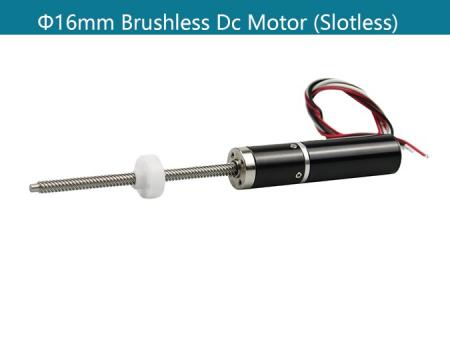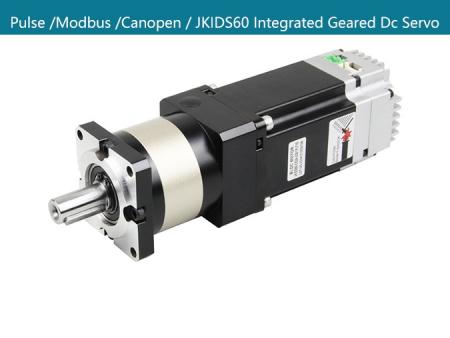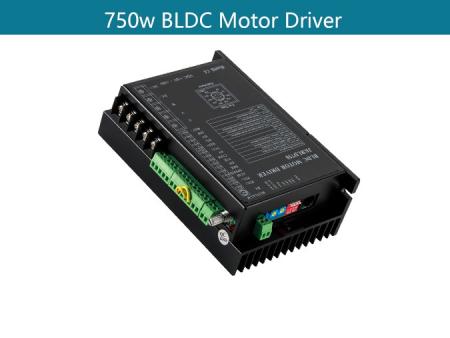Electric motors are at the heart of countless devices we use daily, from household appliances to industrial machinery and modern electric vehicles. Understanding the differences between brushed and brushless motors is essential to making informed choices for various applications.
Brushed motors consist of several key components: the rotor (or armature), the stator, brushes, and the commutator. The stator creates a stationary magnetic field, while the rotor rotates within this field. Brushes and the commutator work together to deliver electrical current to the motor's windings, enabling the rotor to spin.
In a brushed motor, electrical current flows through the brushes and commutator to the armature windings. This current generates a magnetic field in the rotor, causing it to turn as it interacts with the stator's magnetic field. The commutator periodically reverses the direction of the current, ensuring continuous rotation.
Brushed DC motors are commonly found in low-cost applications like toys, simple household appliances, and power tools. Their straightforward design makes them easy to manufacture and repair.
Brushless motors eliminate the need for brushes and a commutator. Instead, they use a permanent magnet rotor and a series of coils in the stator. Electronic controllers manage the current flow to these coils, creating a rotating magnetic field that drives the rotor.
In a brushless motor, an electronic controller supplies current to the stator coils in a specific sequence, generating a rotating magnetic field. The rotor, equipped with permanent magnets, follows this field, resulting in smooth and efficient motion.
Brushless motors are widely used in applications that require high efficiency, longevity, and low maintenance. These include high-performance drones, electric vehicles, and industrial machinery.
Bldc Motors are generally more efficient than brushed motors. They produce less heat and have higher torque-to-weight ratios, making them ideal for applications where energy efficiency is crucial.
Brushless motors can achieve higher power outputs than brushed motors due to their efficient design and advanced control systems. This makes them suitable for demanding applications like electric vehicles and high-performance drones.
Brushed motors require regular maintenance due to brush and commutator wear. In contrast, brushless motors have fewer moving parts, reducing maintenance needs and increasing overall reliability.
Brushed motors suffer from wear and tear on the brushes and commutator, leading to shorter lifespans and frequent maintenance.
Bldc Motors are more durable and have longer lifespans because they lack brushes and commutators. This makes them ideal for applications requiring long-term reliability.
Brushed motors are generally less expensive upfront due to their simpler construction.
While brushless motors may have a higher initial cost, their reduced maintenance and longer lifespan often make them more cost-effective over time.
The high efficiency and power output of brushless motors make them perfect for high-performance drones, where battery life and flight capabilities are critical.
Electric vehicles benefit from the high efficiency, power, and durability of brushless motors, which contribute to longer ranges and better performance.
Bldc Motors are preferred in industrial applications for their reliability, low maintenance, and ability to handle demanding tasks.
Brushed motors are commonly used in low-cost toys due to their simplicity and low manufacturing costs.
Devices like basic fans and small kitchen appliances often use brushed motors because they are economical and sufficient for the task.
Advancements in materials and electronic control systems continue to improve the performance and efficiency of brushless motors.
While brushed motors remain relevant for specific applications, ongoing innovations may further limit their use in favor of more efficient alternatives.
Brushless motors typically consume less energy than brushed motors, contributing to lower operational costs and reduced environmental impact.
Both motor types can be designed with sustainable materials, but the longer lifespan of brushless motors often results in less waste over time.
Brushless motors are quieter than brushed motors due to the absence of brushes and commutators, enhancing user experience in noise-sensitive applications.
Brushless motors offer smoother operation with less vibration, making them preferable for precision applications and enhancing overall comfort.
Brushless motors benefit from sophisticated electronic control systems that provide precise speed and torque control, essential for applications like robotics and CNC machines.
Brushed motors have simpler control requirements, making them easier to use in basic applications without the need for complex electronics.
Brushless motors can be designed to be more compact and lighter than brushed motors, which is advantageous in applications where space and weight are critical.
Brushless motors are less prone to overheating compared to brushed motors, which can generate significant heat due to friction between brushes and the commutator.
Brushless motors are often better suited for harsh or explosive environments due to their lack of sparking components, enhancing safety.
Choosing between a brushed and brushless motor depends on various factors, including the application, performance requirements, cost considerations, and environmental impact. Brushless motors offer superior efficiency, durability, and performance in demanding applications, while brushed motors remain useful for low-cost, simple tasks. Understanding these differences will help you make an informed decision that best suits your needs.
 |  |  |  |  |
| 24v 36v regular / or customized | 24V 36V / or customized | 24V 36V / or customized | 48V / or Customized | 48V / or Customized |
| Gearbox / Brake / Encoder / Driver / Shaft Customized | Gearbox / Brake / Encoder / Integrated Driver / Shaft Customized | Gearbox / Brake / Encoder / Integrated Driver / Shaft / Fan Customized | ||
| 42mm Round Brushless Dc Motor | 42mm Square Brushless Dc Motor | 57mm Brushless Dc Motor | 60mm Brushless Dc Motor | 80mm Brushless Dc Motor |
| / | IDS42 Integrated Servo Motor | IDS57 Integrated Servo Motor | IDS60 Integrated Servo Motor | IDS80 Integrated Servo Motor |
 |  |  |  |  |
| 48V / or Customized | 310V / or Customized | Coreless Dc Motors | IDS Integrated Servo Motors | Brushless Dc Motor Driver |
| 86mm Brushless Dc Motor | 110mm Brushless Dc Motor | |||
| / | / | |||
View More(Total0)Comment Lists